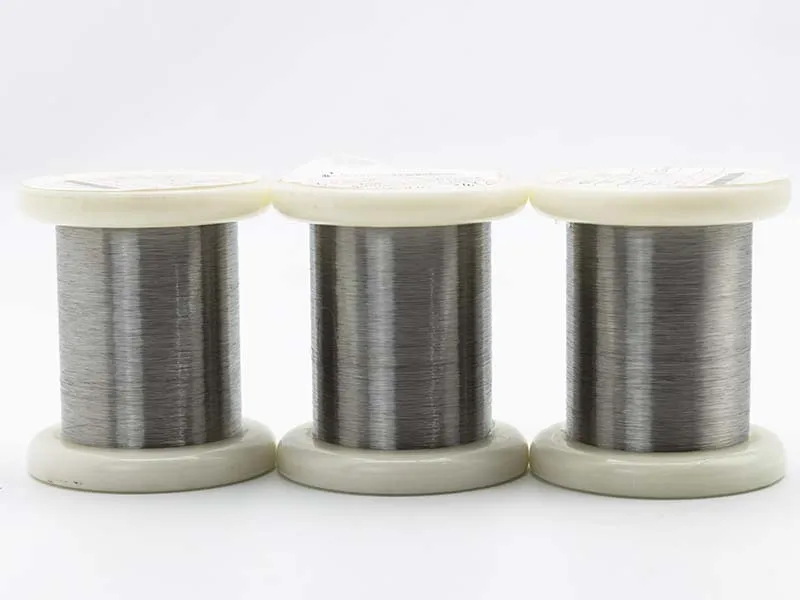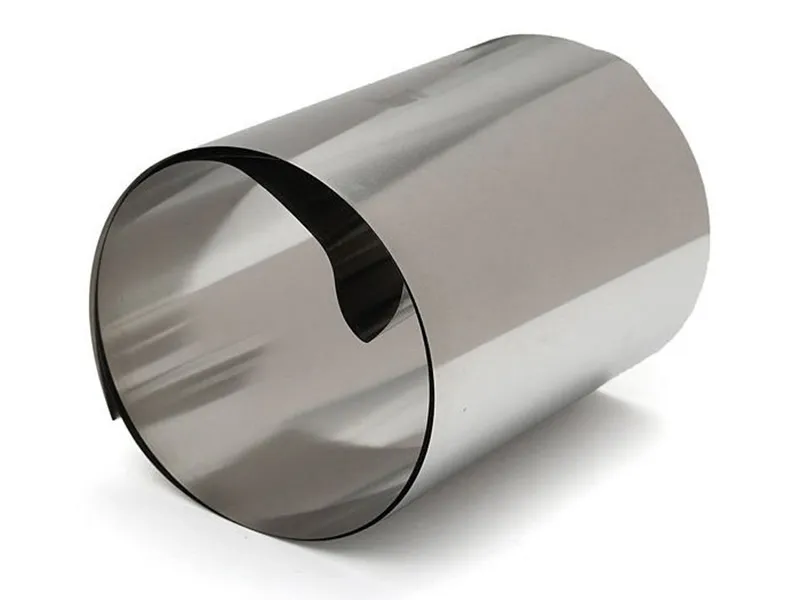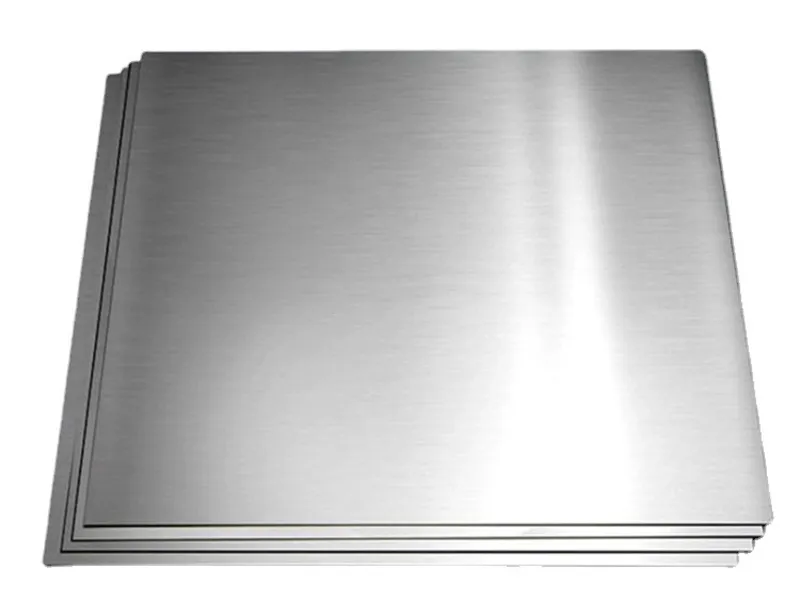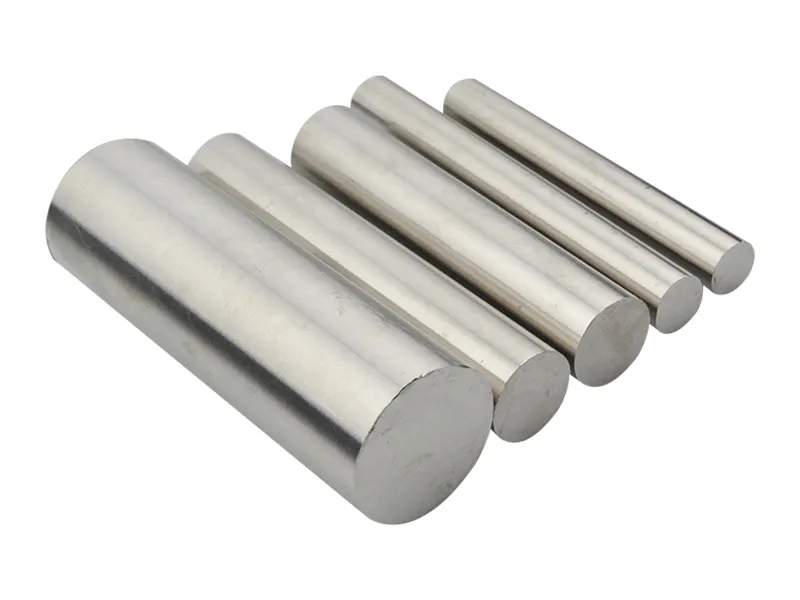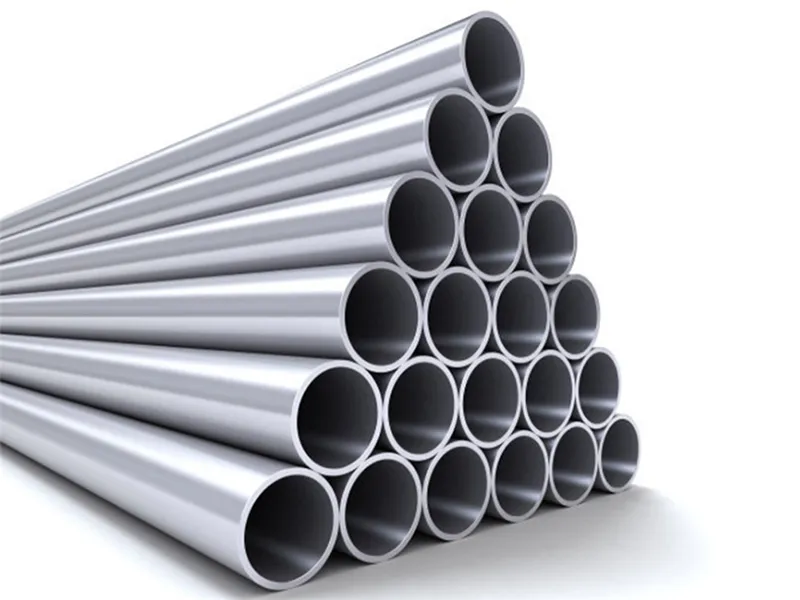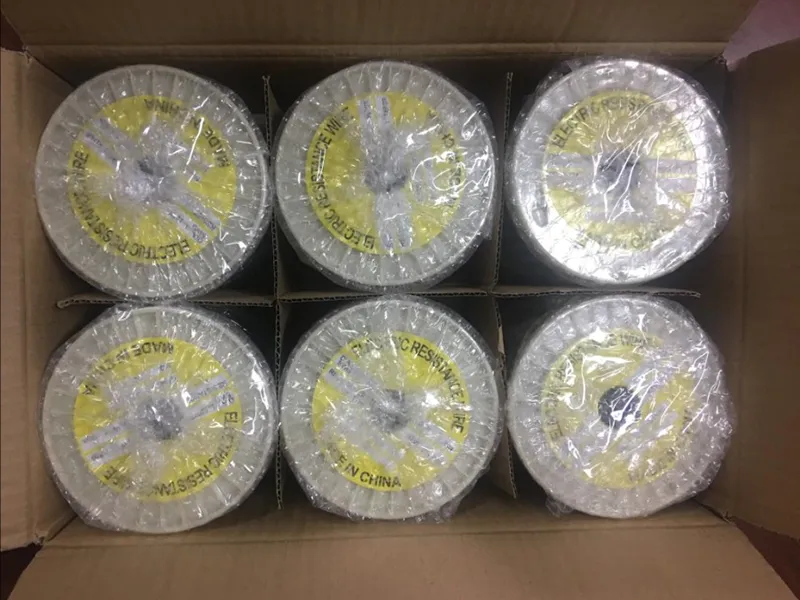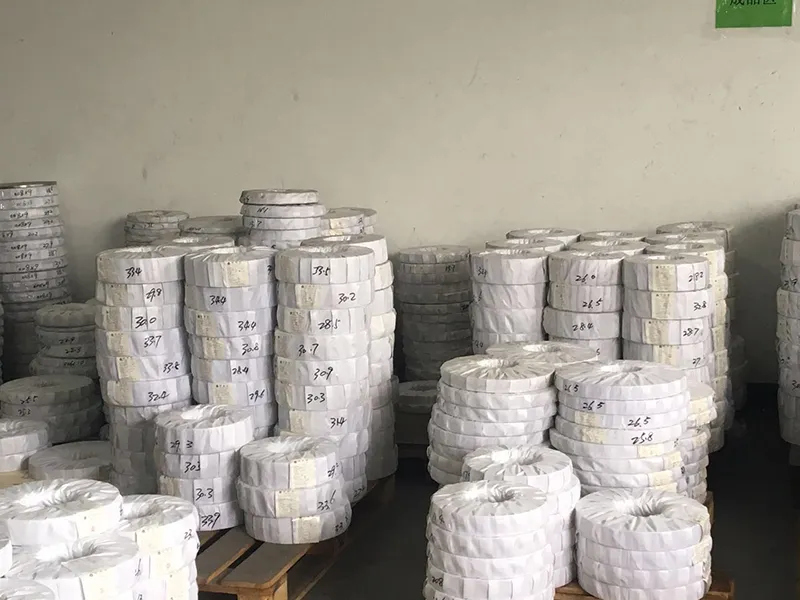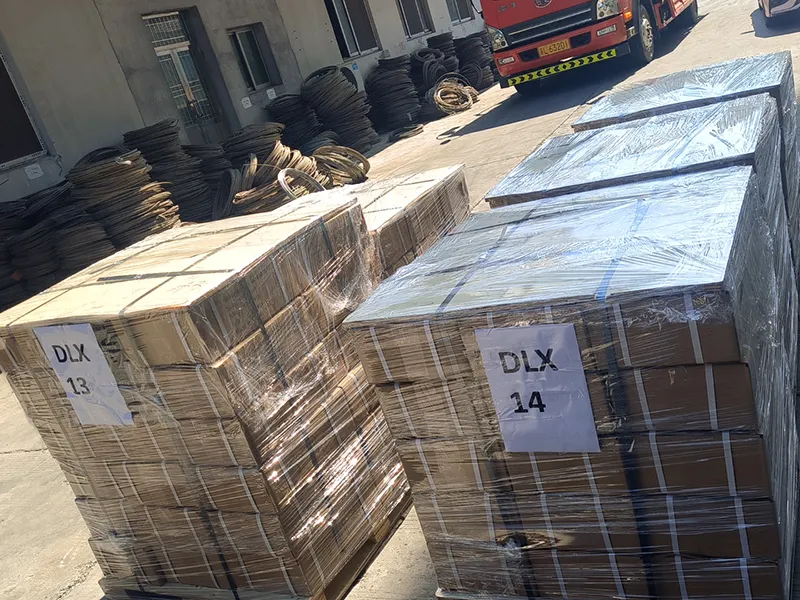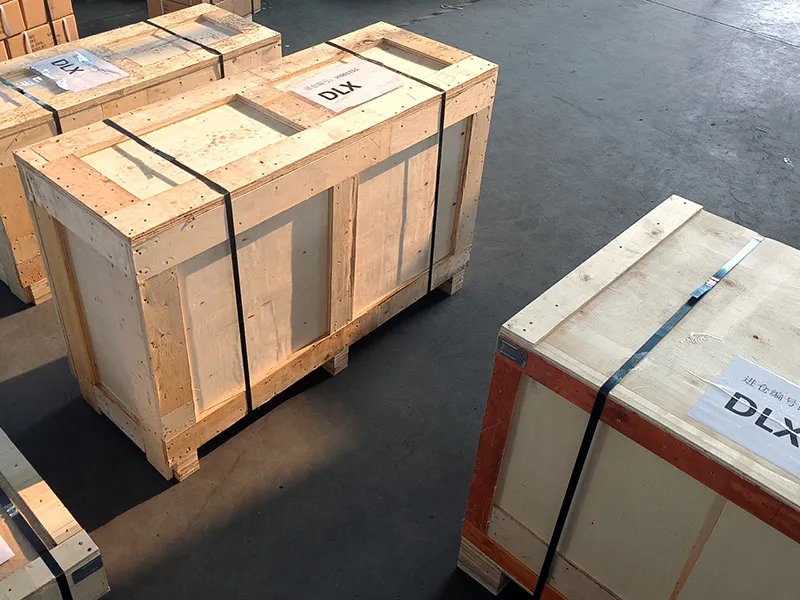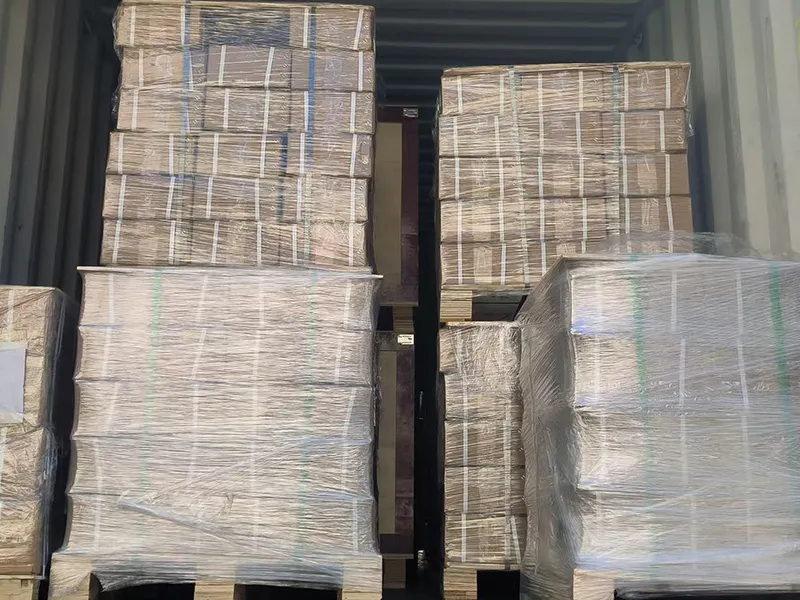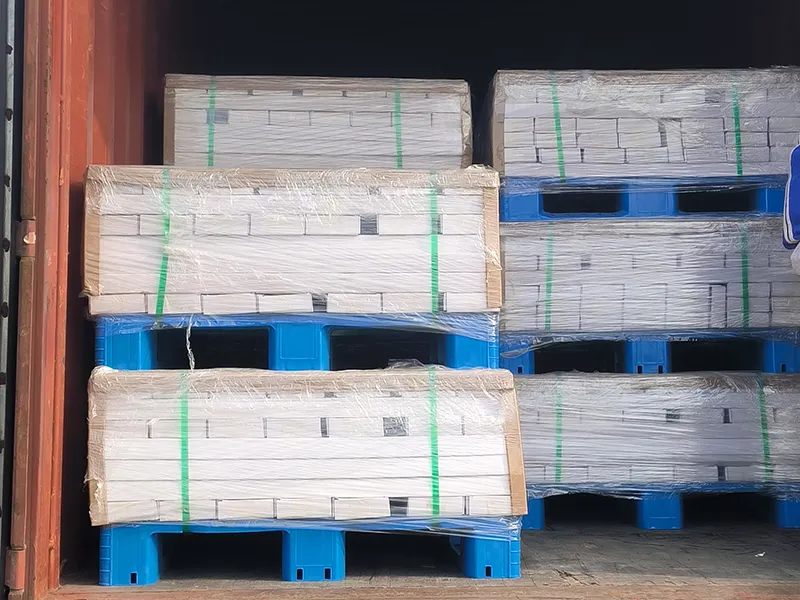Chemical Composition
| Alloy Grades | % | Copper (Cu) | Iron (Fe) | Nickel (Ni) | Chromium (Cr) | Carbon (C) | Silicon (Si) | Manganese (Mn) | Phosphorus (P) | Sulfur (S) | Titanium (Ti) | Molybdenum (Mo) | Vanadium (V) | Aluminum (Al) | Cobalt (Co) | Boron (B) | Zirconium (Zr) | Lead (Pb) | Bismuth (Bi) | Silver (Ag) | Tungsten (W) | Cerium (Ce) | Niobium (Nb) |
| A-286 | Min. | | Rest | 24 | 13.5 | | | | | | 1.9 | 1 | 0.1 | | | 0.001 | | | | | | | |
| Max. | | 27 | 16 | 0.08 | 1 | 2 | 0.04 | 0.03 | 2.35 | 1.5 | 0.5 | 0.35 | | 0.01 | | | | | | | |
| 80A | Min. | | | Rest | 18 | | | | | | 1.8 | | | 1 | | | | | | | | | |
| Max. | | 3 | 21 | 0.1 | 1 | 1 | 0.02 | 0.015 | 2.7 | | | 1.8 | 2 | 0.008 | 0.15 | | | | | | |
| Nimonic 90 | Min. | | | | 18 | | | | | | 2 | | | 1 | 15 | | | | | | | | |
| Max. | 0.2 | 1.5 | Rest | 21 | 0.13 | 1 | 1 | | 0.015 | 3 | | | 2 | 21 | 0.02 | 0.15 | 0.002 | 0.0001 | 0.0005 | | | |
| GH1140 | | | Rest | 35.0-40.0 | 20.0-23.0 | 0.06-0.12 | ≤0.80 | ≤0.07 | ≤0.025 | ≤0.015 | 0.70-1.20 | 2.00-2.50 | | 0.20-0.60 | | | | | | | 1.40~1.80 | ≤0.05 | |
| GH3625 | | | ≤0.5 | Rest | 20-23 | ≤0.1 | | 3.15-4.15 | | | ≤0.4 | 8-10 | | ≤0.4 | ≤1.0 | | | | | | | | |
| GH3536 | | | | Rest | 20.5-23 | 0.05-0.15 | | | | | ≤0.15 | 8-10 | | ≤0.5 | 0.5~2.5 | | | | | | 0.2~1 | | |
| GH4169 | | ≤0.3 | Rest | 50-55 | 17-21 | ≤0.08 | ≤0.35 | ≤0.35 | | ≤0.01 | 0.7-1.15 | 2.8-3.3 | | 0.2-0.8 | ≤1.0 | | | | | | | | 4.75~5.5 |
Physical & Mechanical Properties
| Alloy Grades | Density (g/cm³) | Melting Point (°C) | Electrical Resistivity (μΩ·m) | Coefficient of Lines Expansion (α×10⁻⁶/20~1000ºC) | Tensile Strength (Rm N/mm²) | Yield Strength (Rp 0.2N/mm²) | Elongation at Break A5 (%) | Brinell Hardness (HBS) | Thermal Conductivity λ (W/m·℃) | Specific Heat (J/kg·°C) | Modulus of Elasticity (GPa) | Shear Modulus (GPa) | Poisson's Ratio |
| A-286 | 7.99 | 1364-1424℃ | 0.914 | 15.7 | | | | | | | | | |
| 80A | 8.19 | 1320-1365 | | | 930 | 620 | 20 | | | | | | |
| Nimonic 90 | 8.20 | 1400 | | | | | | | | | | | |
| GH1140 | | | | | | | | | | | | | |
| GH3625 | 8.44 | 1290-1350 | 1.28 | 12.3 | 830 | 410 | 30 | ≤290 | 12.1(100℃) | 430 | 205 | 79 | |
| GH3536 | | | | | | | | | | | | | |
| GH4169 | 8.24 | 1260-1320 | | 11.8 | 930 | 620 | 20 | ≥363 | 14.7(100℃) | 435 | 199.9 | 77.2 | 0.3 |
Features
- Retain good tensile strength and ductility even at extremely high temperatures
- Suitable for long-term use in oxidizing environments without significant performance degradation
- Resistant to deformation under prolonged high-temperature stress
- Better durability for applications subject to repeated loading
- Maintain dimensional stability and mechanical performance across a wide temperature range
- Despite high performance, can still be cold and hot worked and welded
Applications
- Aerospace: Aircraft engine parts (e.g., turbine blades, combustion chambers), rocket engine components
- Energy industry: High-temperature components in gas turbines and steam turbines such as blades and rotors
- Petrochemical: High-temperature, high-pressure equipment in refineries, such as reactors and heat exchangers
- Automotive industry: High-performance exhaust systems, turbochargers, and other high-temperature parts
- Nuclear industry: Reactor components and other equipment designed for high-temperature conditions
- Metallurgy and casting: Furnace and heating element tools and equipment that require high-temperature resistance
- Glass manufacturing and ceramics industry: Furnace structural components, conveyor belts, and other high-temperature processing equipment
Packaging
Our High Temperature Alloy
